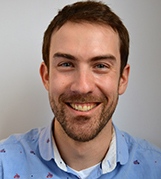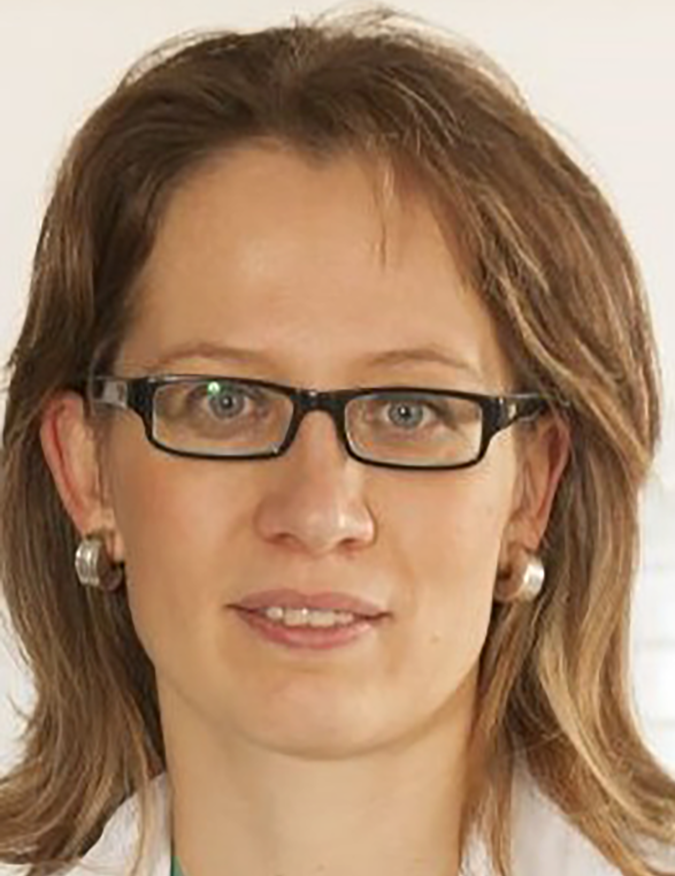2022 Dissection Workshop
McGill University
September 10-11, 2022
Limited to 25 congress attendees
$2,500 workshop fee
Workshop Description:
McGill is proud and honoured to host this unique anatomy workshop for the 6th International Fascia Research Congress. During this workshop, participants will attend live dissection collaboratively performed by Dr. Carla Stecco and Dr. Gabriel Venne. This unique workshop will bridge classical anatomy with fascial anatomy. Macroscopic anatomy of the superficial, deep and visceral fasciae will be covered in detail with particular attention to the interrelation between the fascial layers and other clinically important anatomical structures. Participants will have the opportunity to be actively engaged during the dissection and discussion activities. Live cadaveric dissection will be supplemented with prosections, histological and medical images to offer different perspectives of the explored structures. This integrative anatomical workshop is open to anyone curious about the importance of the fascial system in the human body.
The rules about the McGill lab:
At McGill, we consider that having access to human material in the Anatomy Laboratory is a significant privilege; it is essential that donated bodies are treated with the greatest professionalism. As a user of the Anatomy Laboratory, participants will be asked to adhere to a strict Code of Conduct which will be provided during the registration process.
Access to human material in the Anatomy Laboratory is a significant privilege; it is essential that donated bodies to McGill University are treated with the greatest professionalism and respect. As a user of the McGill Anatomy Laboratory, you must observe and adhere to our Code of Conduct, which will be sent to you closer to the event. You will have to carefully read and understand that: no material is ever to leave the Anatomy Laboratory; that you must respect the expectations of the donors and honor their wishes in accordance with the goals of body donation; that you must treat the donated bodies as you would wish your own body, or that of a member of your family, to be treated; that no photographs or videos are ever to be taken in the Laboratory.
It is mandatory that you agree to abide by it in its entirety. Not signing the Code of Conduct prior to the event, will forbid you from accessing the Anatomy Laboratory.
Presented by:
 Dr. Gabriel Venne, McGill University
Dr. Gabriel Venne, McGill University
Dr. Gabriel Venne is a Professor of Anatomy at the Faculty of Medicine and Health Sciences of the internationally renowned McGill University. Dr. Venne is also a practicing osteopath since 2009, and is an expert in classical dissection. Through his clinical practice and dissections, he had developed a profound understanding of the clinical implications of the interrelationship between neurovascular structures, visceral organs within the fascial network. Dr. Venne is known for his passion and enthusiasm during workshops and dissection; you will feel engaged during your exploration of the intricacies of the human body.  Dr. Carla Stecco, University of Padova, Italy
Dr. Carla Stecco, University of Padova, Italy
Orthopedic Surgeon, Professor of Human Anatomy and Movement Sciences at the University of Padova. Founder Member of the Fascial Manipulation Association and of the Fascial Research Society. Member of the Italian Society of Anatomy and Histology and of the European Association of Clinical Anatomy. The scientific activity is devoted to the study of the anatomy of the human fasciae from a macroscopical, histological and physiopathological point of view. She personally made over 300 cadaver dissections for research. From 2000 she organizes and personally holds theoretical-practical courses about fascial anatomy and the Fascial Manipulation technique both in Italy and in other countries. Author of more than 180 in extenso papers about the fascial anatomy, 150 indexed in Pubmed. Author of various books about the Fascial Manipulation (Piccin ed), translated in 11 languages, and of some chapters about the fascial anatomy or the Fascial Manipulation Technique. Author of the first photographic atlas about the human fasciae (2015, Elsevier ed.).
